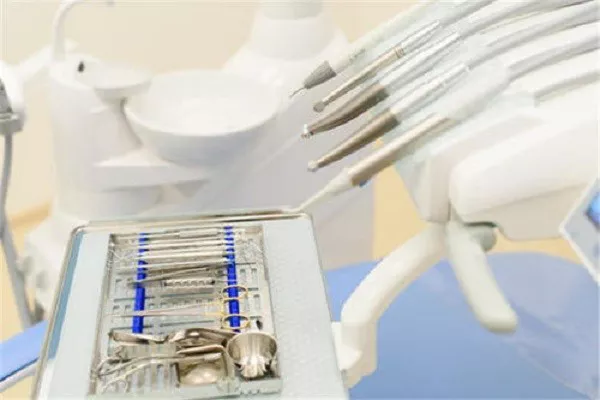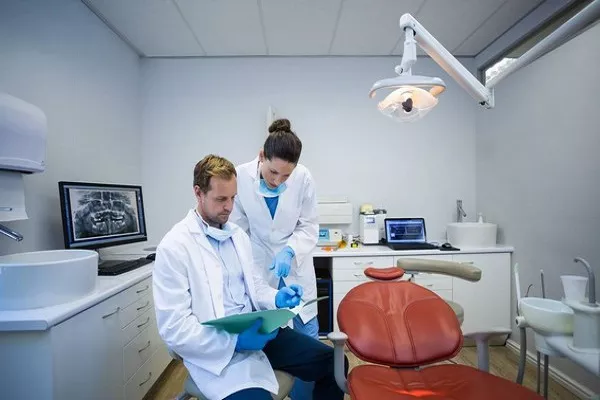Temporary fillings are a common dental procedure used to repair teeth that have been damaged or decayed. After receiving a temporary filling, it’s normal to wonder when you can eat without causing further damage or dislodging the filling. In this article, we’ll explore how long after a temporary filling you can eat and provide tips for proper care.
Wait for the Anesthesia to Wear Off
Before eating anything, it’s essential to wait until the anesthesia has worn off completely. Anesthesia numbs the mouth and tongue, making it difficult to feel any pain or discomfort. This can increase the risk of accidentally biting or burning your mouth, which can cause further damage to the tooth and may dislodge the filling. Wait until you’re able to feel the sensation in your mouth before attempting to eat.
Avoid Hard or Sticky Foods
After receiving a temporary filling, it’s important to avoid hard or sticky foods that can dislodge or damage the filling. These include foods like nuts, popcorn, chewing gum, and sticky candies. Instead, opt for soft foods that require minimal chewing, such as yogurt, soup, scrambled eggs, or mashed potatoes. Here are some other tips for choosing foods that won’t damage the filling:
- Cut fruits and vegetables into small, bite-sized pieces
- Avoid acidic foods that can erode the filling, such as citrus fruits and juices
- Don’t eat anything that requires excessive force to chew or bite, such as hard candy or ice
Practice Good Oral Hygiene
Maintaining good oral hygiene is crucial after receiving a temporary filling. Brushing and flossing regularly can help keep the area clean and prevent bacteria buildup that can damage the filling or lead to infection. Here are some tips for proper oral hygiene after a temporary filling:
- Brush gently around the filling with a soft-bristled toothbrush
- Floss carefully to avoid pulling on the filling
- Rinse your mouth with warm saltwater to reduce inflammation and irritation
Avoid Extreme Temperatures
After receiving a temporary filling, it’s important to avoid extreme temperatures that can cause pain or discomfort in the tooth. Cold or hot foods and drinks can trigger sensitivity or pain and may even damage the filling. Instead, opt for lukewarm or room temperature foods and drinks until the tooth has fully healed.
Don’t Put Pressure on the Tooth
Putting pressure on the tooth after receiving a temporary filling can dislodge or damage the filling. This includes activities like biting down hard on food or clenching your teeth. To avoid damaging the filling, try to eat on the opposite side of your mouth or use utensils to cut food into smaller pieces.
Follow Your Dentist’s Instructions
Your dentist will provide specific instructions on how to care for your temporary filling after the procedure. It’s important to follow these instructions carefully to ensure proper healing and prevent any damage to the filling. Here are some common instructions your dentist may give you:
- Avoid eating for a certain period, usually a few hours, after the procedure
- Use over-the-counter pain relievers to manage any discomfort or sensitivity
- Avoid brushing or flossing the filled tooth for a certain period, usually 24-48 hours after the procedure
- Return to the dentist if you experience any unusual pain, sensitivity, or swelling
In conclusion, after receiving a temporary filling, it’s important to wait until the anesthesia wears off before attempting to eat. Avoid hard or sticky foods, practice good oral hygiene, avoid extreme temperatures, don’t put pressure on the tooth, and follow your dentist’s instructions for proper care. By following these tips, you can ensure proper healing and prevent any further damage to the tooth or filling.
Related Topics:



























